Build your community like a garden

All illustrations in this blog post are by the wonderful Jenny Wiik
I have recently found interesting parallels in building and managing communities and gardening. Understanding those parallels and learning from the ancient art of gardening can provide tools for effective community management.
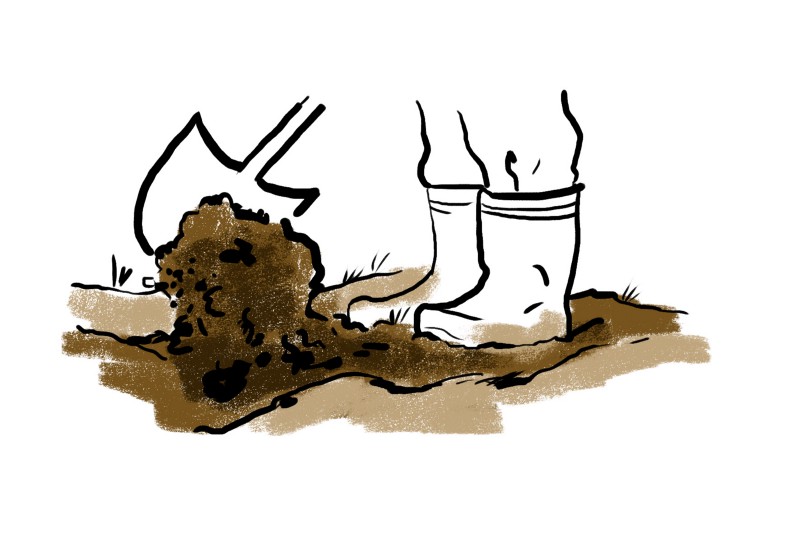
1. The soil
Just like a gardener, a community manager needs make sure that the ground is perfect for growing. Provide an environment with opportunities and tools for the community members to experiment, socialize and grow. If the environment is toxic, dry or boring, you end up with people not forming an active community. With the right environment, the community will build itself.
What the soil means to a specific community obviously depends on the community. Sometimes it’s a physical place: a building, a co-working space, a sports facility. Sometimes it’s an online platform: Slack, discussion forum, Facebook group, Twitter hashtag.
The most important thing is to find something that works for your community. The context, what people are used to and the goal are all variables that define the right environment.
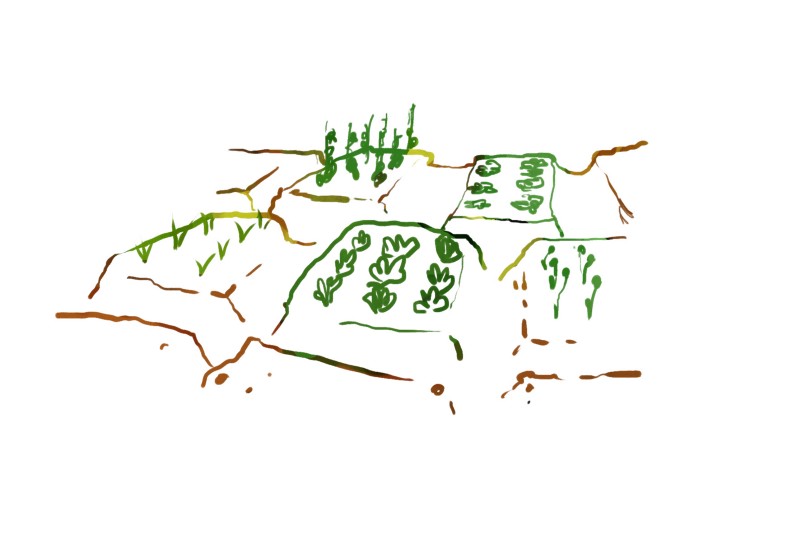
2. Avoid mix-and-match
Don’t put plants that need different kind of soil and vitalizers into the same space. This does not, by any means, mean the lack of diversity. It means that people inside a community come to the community for a common reason.
Figure out, what is the common denominator in your community and attract people who share that. If you fail to do that, you will end up trying to attract everyone (usually of the fear of not attracting enough) and that results in not having active core members who feel that it is their community.
If nobody feels your community as their own, there will be no community.
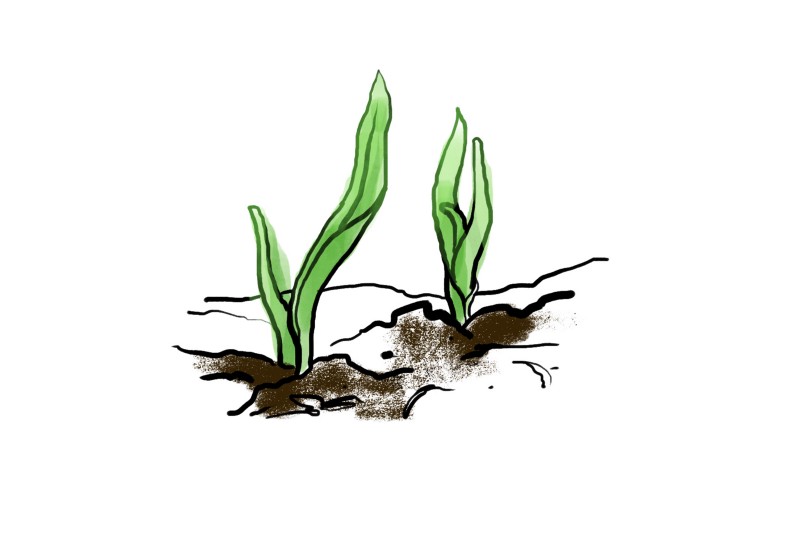
3. Let it grow
Gardener doesn’t grow plants. Gardener’s job is merely to make sure that the circumstances for growth are in place. Similarly, you don’t build a community by telling people that they need to be a community.
One key factor to take into account is that a vibrant and active community builds itself: the members of the community create the community, not the manager. Often this means that some elements of the community go to a different direction than you might plan, mean or want. Often it’s best just to let it happen organically. However, sometimes you need to refocus or redirect the path to match your goal.
It’s important though, that you are not too strict and dominating. That kills the organicity, stops growth and mostly just gets people annoyed. If you tell the community to stop an action they as a group enjoy (even if it feels stupid to you), you are effectively killing the community. (Unless it’s something bad: there’s no reason to allow racist, sexist, etc actions in your community. It’s not an all-goes principle, be a good human.)
The community should always exist for the purpose of the community and people in it. If your community is vibrant and active, it will serve the other purposes you want to have a community for.
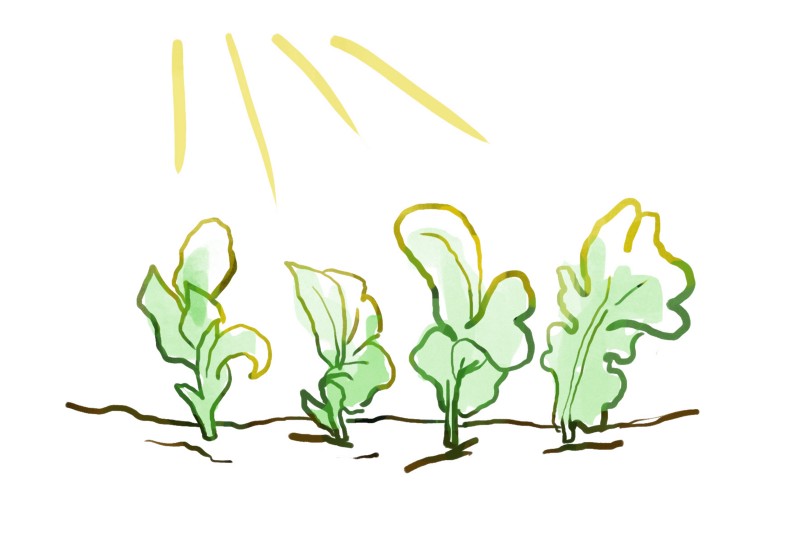
4. Let ’em get light
Whatever your reason to start a community is, you usually want to have people talking about the community (and indirectly, your product/company/purpose). And one thing people love talking about is themselves and what they have done.
So don’t keep your community members in the shadows. Make the community about them. Bring them up into the limelight and showcase to the rest of the community and outside the community the great efforts they make. A blog post, tweet or Facebook post about a community member or a project they’ve made or something they participated in gives them something to share to their networks. And believe me — they will.
A great community manager helps individual community members to become better or enjoy their time more. Show that you understand that the community is all about them — not you or your organization or company. Don’t just restrict it to showcasing things that are done to benefit your community but anything they value.
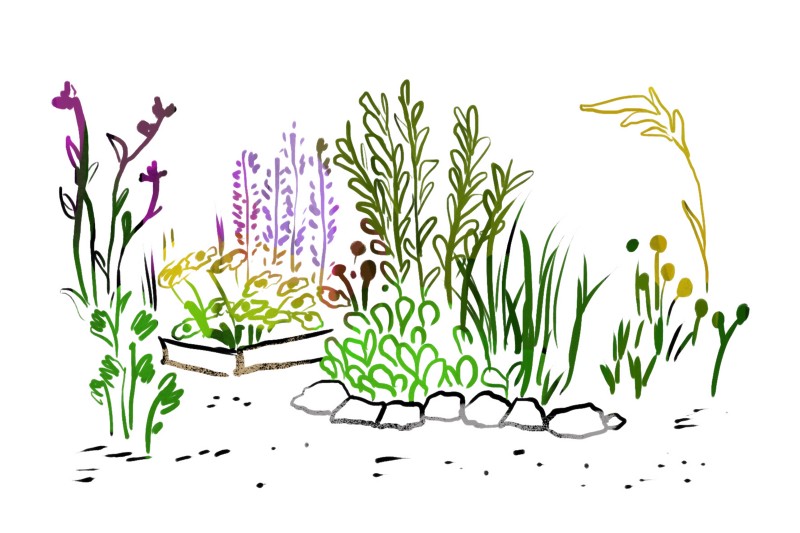
5. Enjoy your garden
For me, being a community manager (if you didn’t already figure out of my horrible gardening examples, not a gardener) brings vast amount of joy from seeing members of our community grow and be successful.
Enjoy the achievements and successes with your community members. That’s what makes community management so special.
And remember: it’s not about you, your company nor your product. It’s about the people.
Thanks to amazing Jenny Wiik for the illustrations, check out her other work too!
If something above resonated with you, let's start a discussion about it! Email me at juhamattisantala at gmail dot com and share your thoughts. In 2025, I want to have more deeper discussions with people from around the world and I'd love if you'd be part of that.